If you enjoy making things fizz, pop and bang you’ll love these classic chemistry experiments! Make a rocket, an exploding bag, write secret messages and lots more!
Chemistry experiments are some of the easiest and most exciting science experiments to try at home or school and are often the ones that children want to try again and again.
What are waiting for? Grab some baking soda and vinegar or a lemon and get started!
Classic Chemistry Experiments
DIY Invisible ink
Leave secret message or pretend to be a spy with invisible ink made from lemon or lime juice.

Erupting Baking Soda Volcano
A baking soda volcano is probably one of the most common science projects to do at home. I know I’ve created at least 3 for various school projects over the years.
We like to make ours with mod roc, but sand, papier mache or even snow work really well!
We’ve also used a volcano model as part of a project about Hawaii!
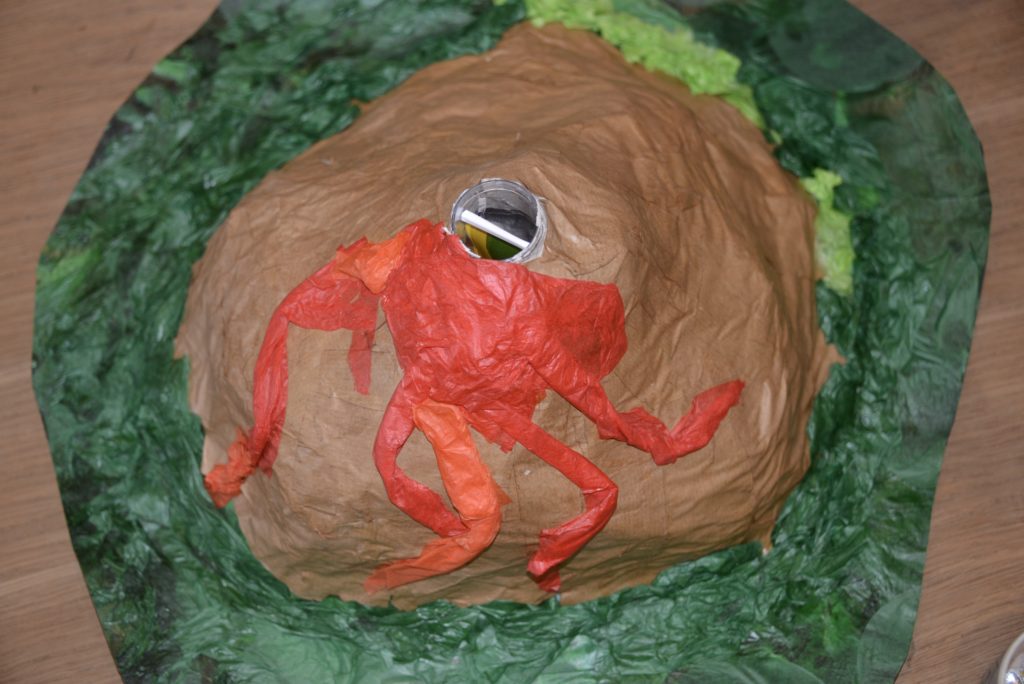
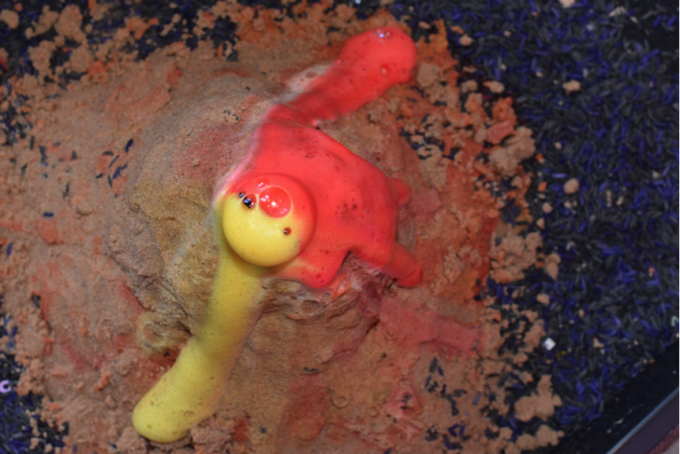
Another idea is to make mini lemon volcanoes! Just slice a lemon or lime in half and add some baking soda. The inside of the lemon will fizz like a mini volcano.
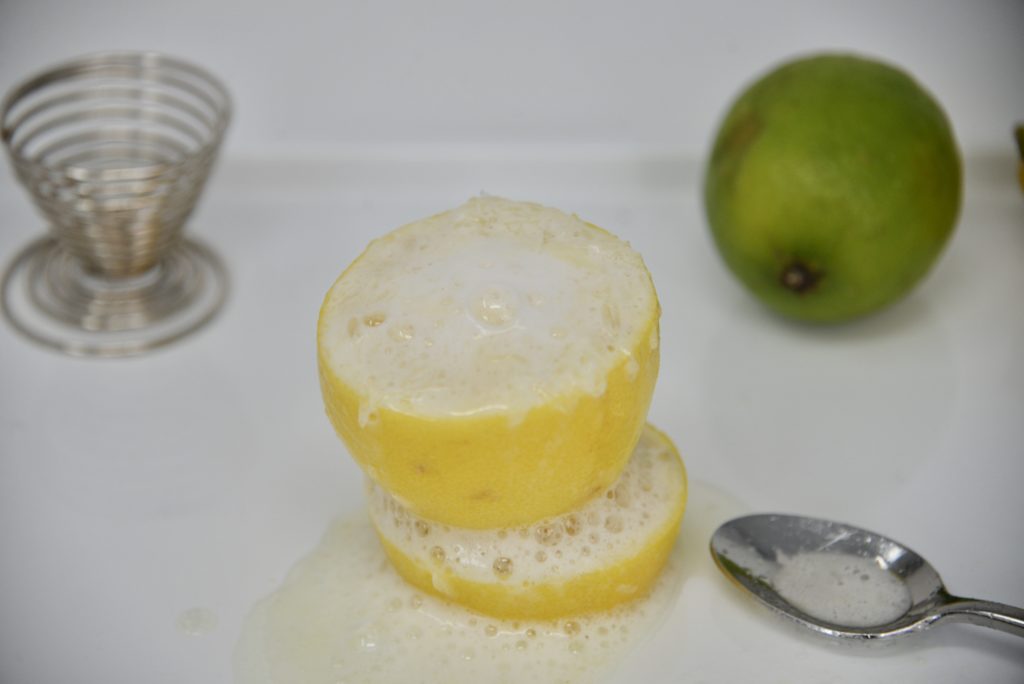
Exploding Sandwich Bag
This classic chemistry experiment uses a baking soda and vinegar reaction like the volcano, but in this activity they are used to learn pressure! The baking soda and vinegar react together to neutralise each other releasing carbon dioxide gas. The gas builds up inside the sealed plastic bag until the pressure is too much and the bag bursts open!
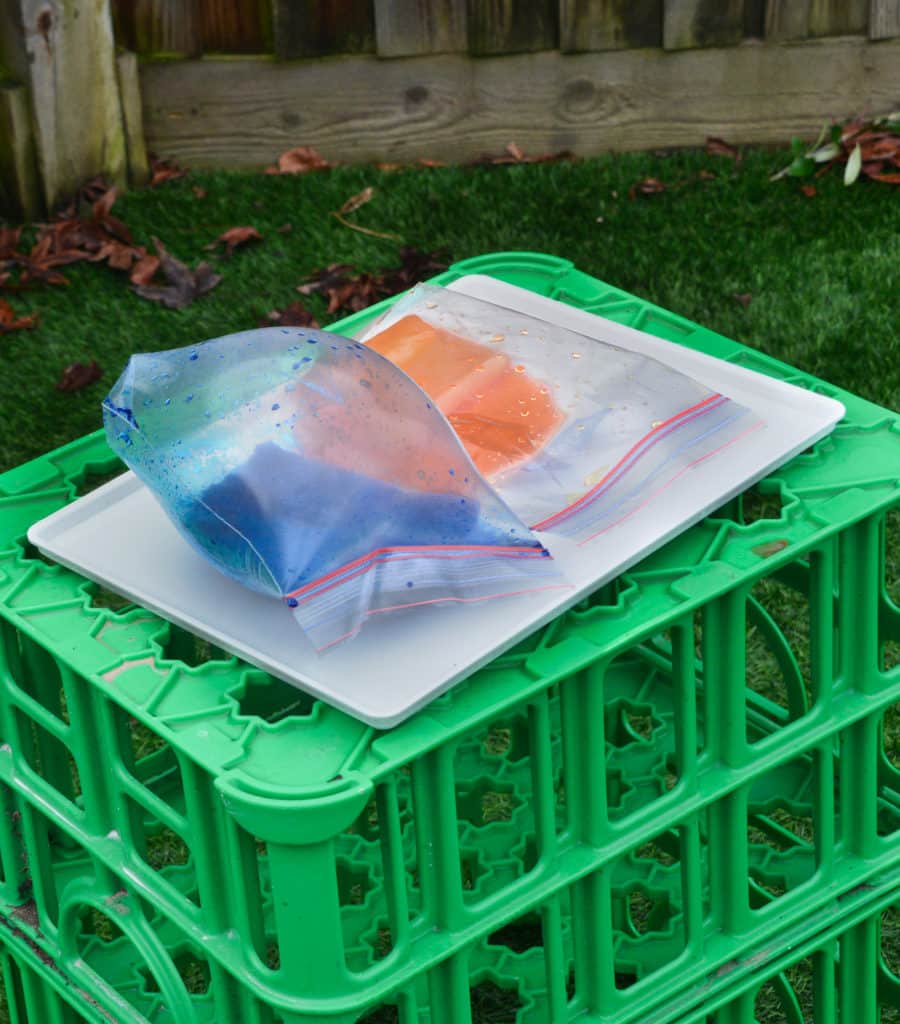
Lava Lamp
Lava lamps are another great reusable science demonstration and perfect for introducing the concept of a chemical reaction.

Red Cabbage Indicator
Red cabbage indicator is very easy to make and a lovely hands-on, colourful experiment.
We use it to test different weak acids and alkalis such as lemon and lime juice, baking soda and vinegar.
Red cabbage indicator is also good for making fun colour changing potions. The mixture changes colour depending on whether you add an acid or an alkali.
You can even use it to make your own pH indicator paper!
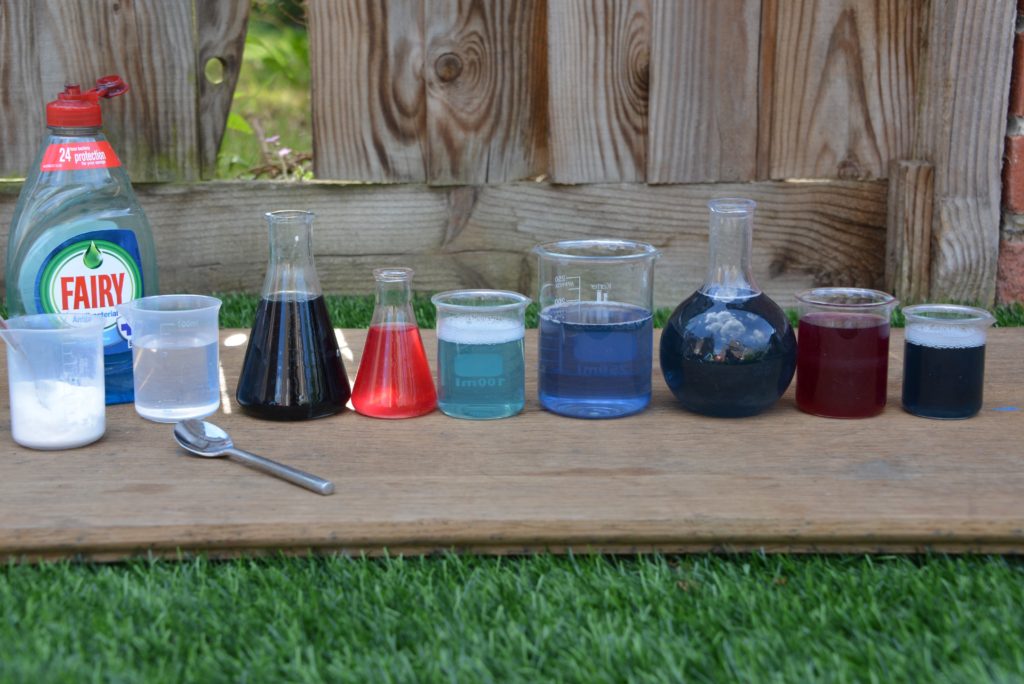
Clean Coins
This simple activity uses salt and vinegar to clean coins! It can be made into a science investigation by experimenting with different combinations of salt, vinegar and water or leaving the coins in vinegar for different amounts of time!
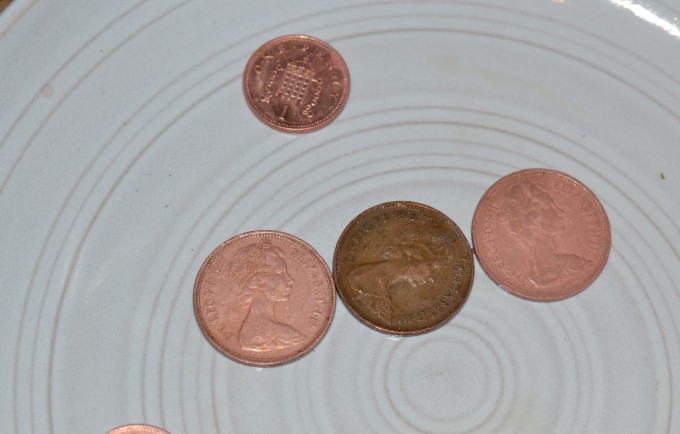
Viscosity Experiments
One of my favourite science investigations is a viscosity race. It’s a great activity for learning how to set up an experiment as a fair test as there are lots of variables to control and can be done with lots of different substances on a large or small scale.
The idea is that you race different liquids down a ramp to investigate how they flow. Thicker ( more viscous ) liquids will flow more slowly than thinner ( less viscous ) liquids.
In Snackable Science we raced different brands of ketchup down a ramp.
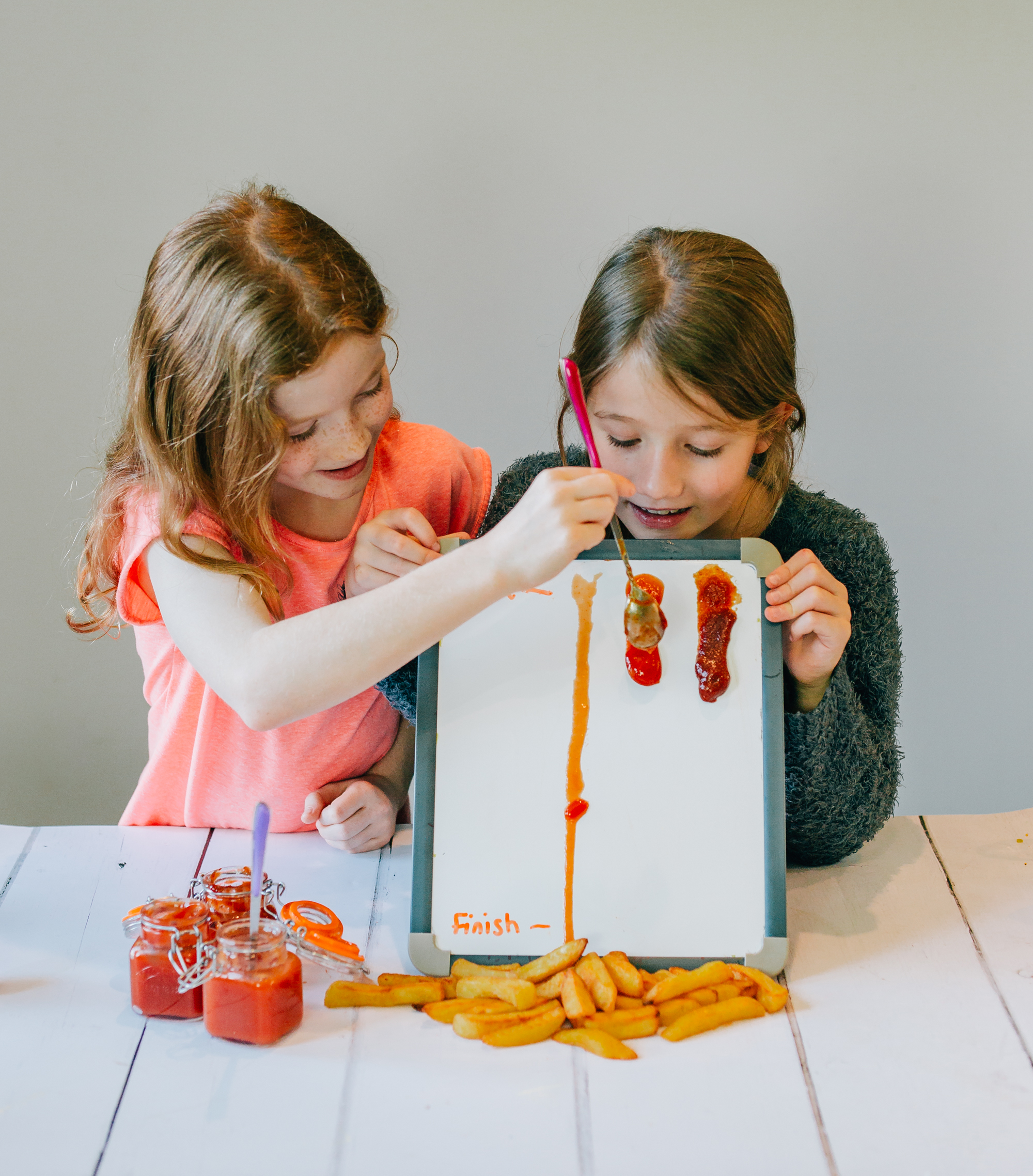
This giant outdoor viscosity race used paper and an easel to test washing up liquid ( dish soap ), passata, ketchup and water.

Skittles and Water
The infamous skittles experiment like the volcano is a must do childhood science activity.
Simply cover skittles arranged on a plate with water and watch as the colours spread through the liquid.
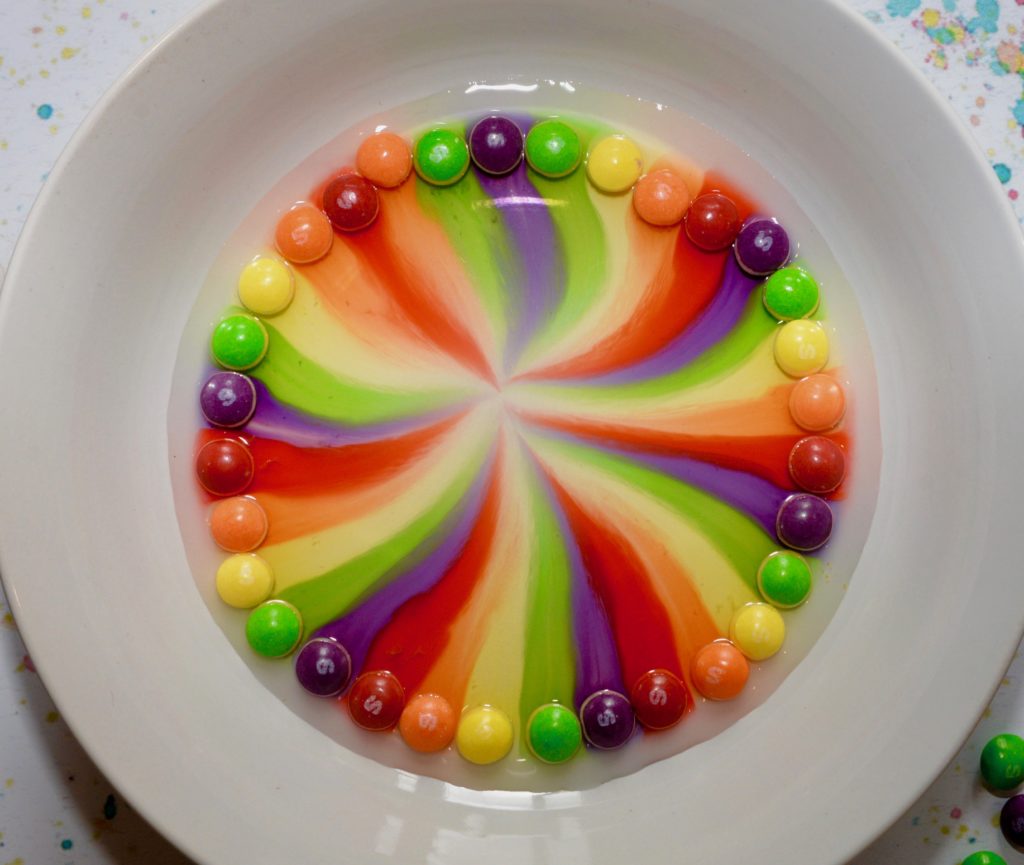
Ice Cream in a Bag
Use the freezing power of ice and salt to make ice cream in a bag. As an extension task you can experiment with different flavours and recipes.
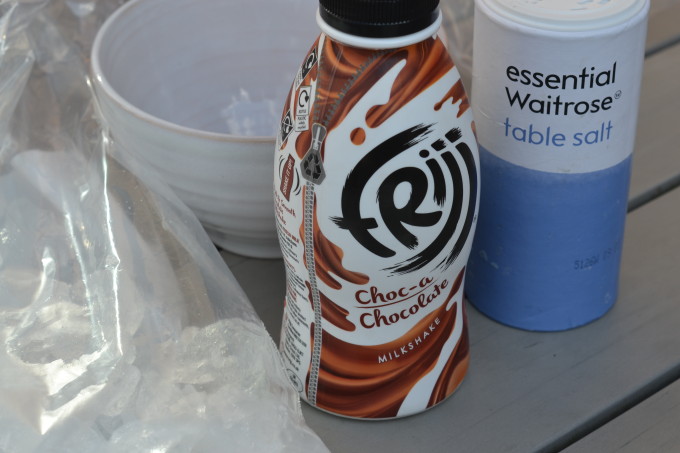
Magic Milk
This colourful chemistry demonstration is great for learning about emulsions. To make your own magic milk, you’ll need, washing up liquid ( dish soap ), milk and food colouring.
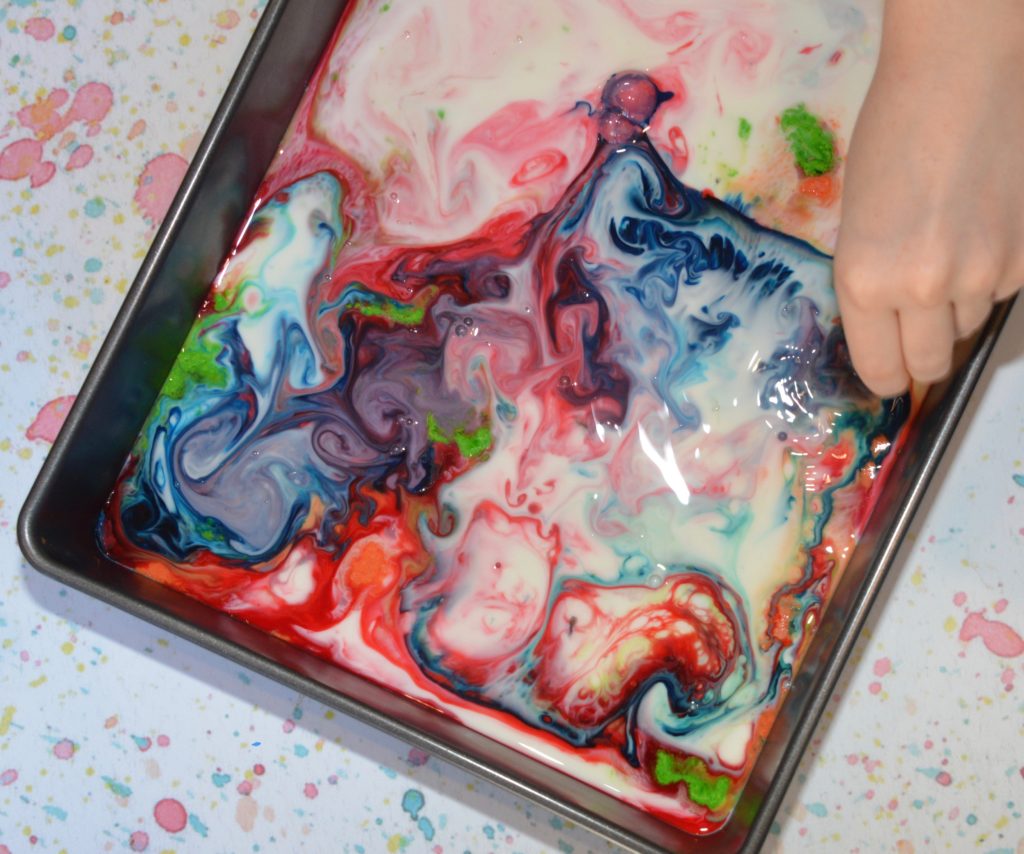
Chromatography
Chromatography is used to separate mixtures. This simple version uses felt tip pens and filter paper to separate different colour inks.
Another fun way to separate mixtures is to make a bicycle centrifuge. The spinning action of the bike wheels forces the liquids to separate.
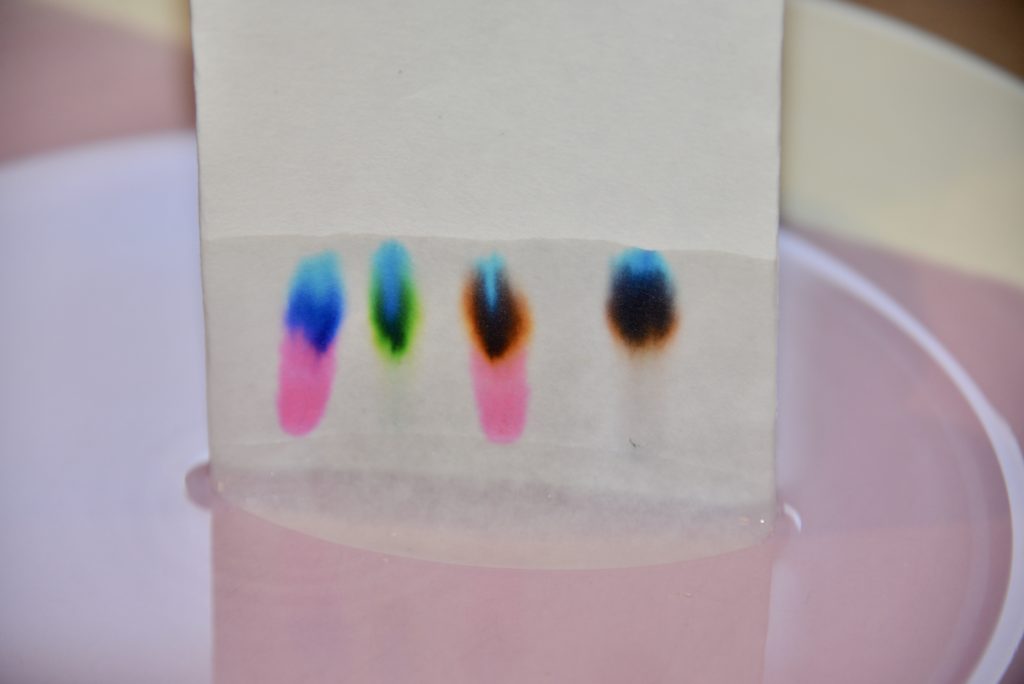
Baking Soda Rocket
This baking soda rocket is great fun and can be reused over and over again if you keep adding extra rocket fuel ( baking soda and vinegar ).
We wrap the baking soda in kitchen roll to slow the reaction down for long enough to place the cork tightly inside the bottle.
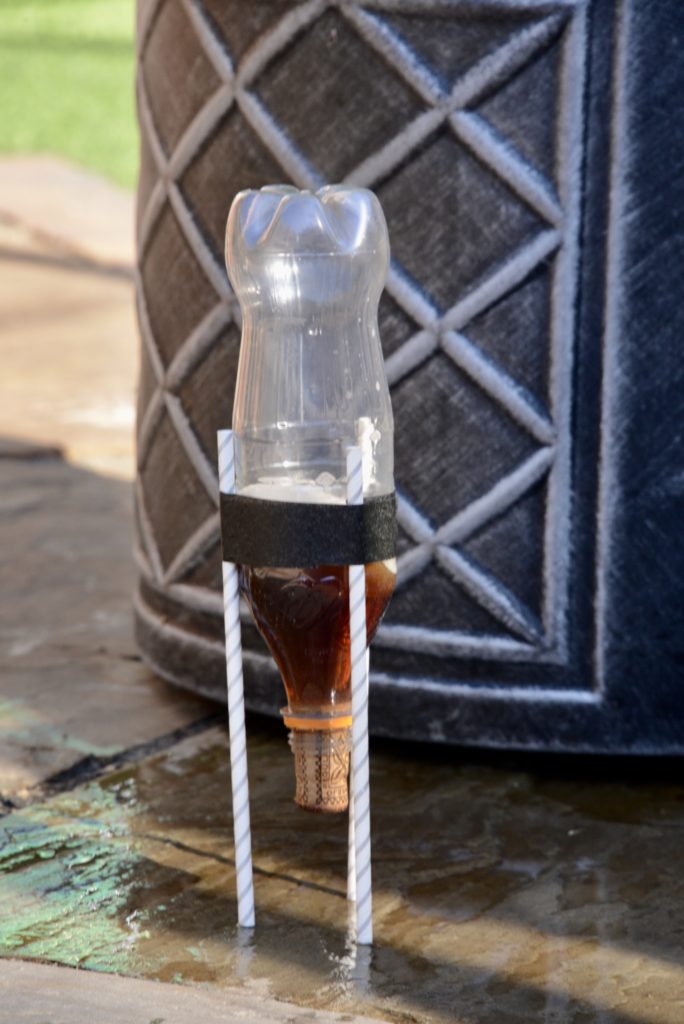
Make your own slime
Slime has been a recent craze, but we think it deserves a spot in our top 10 classic chemistry experiments. Oobleck is our favourite slime as it’s super easy to make and inexpensive, but I have a few alternative slime ideas too!
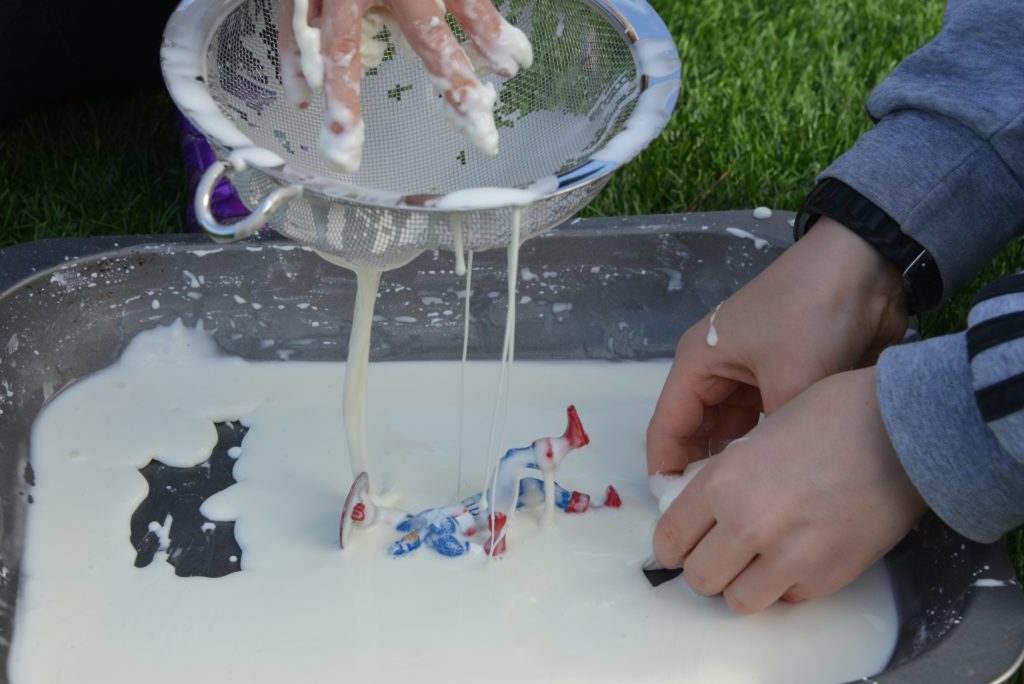
More Classic Chemistry Experiments
Babble Dabble Do has an amazing version of the classic elephants toothpaste experiment.
Make a naked egg by removing the shell with vinegar!
Investigate the effect of temperature on reaction rate with alka seltzer and balloons.
Investigate the effect of temperature on solubility by making hot chocolate.
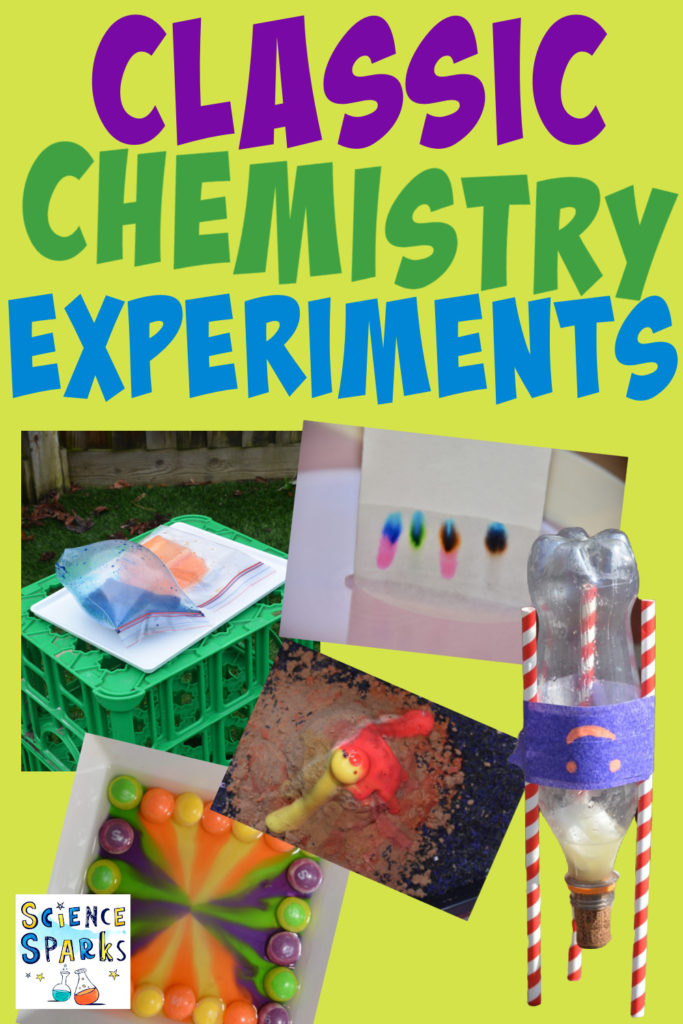
Last Updated on February 19, 2025 by Emma Vanstone

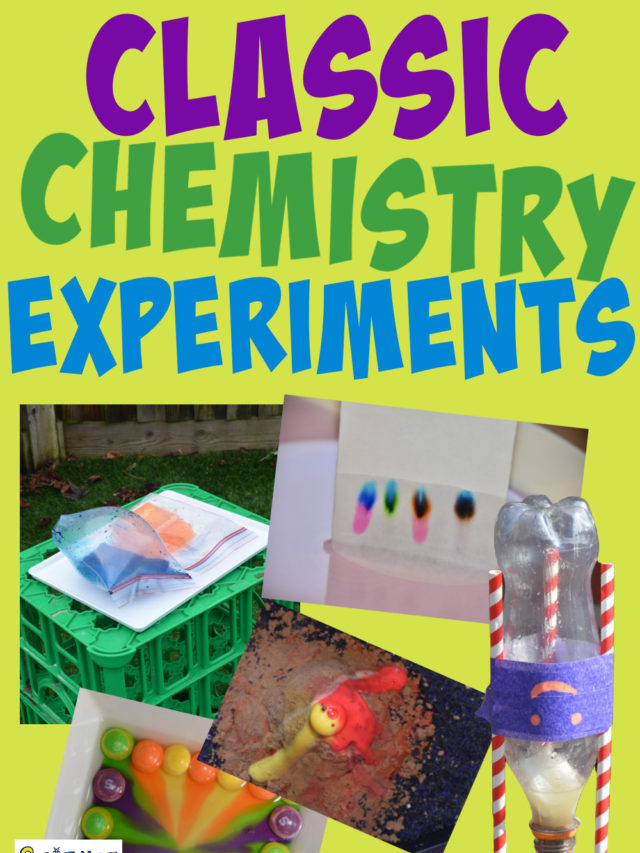
Leave a Reply